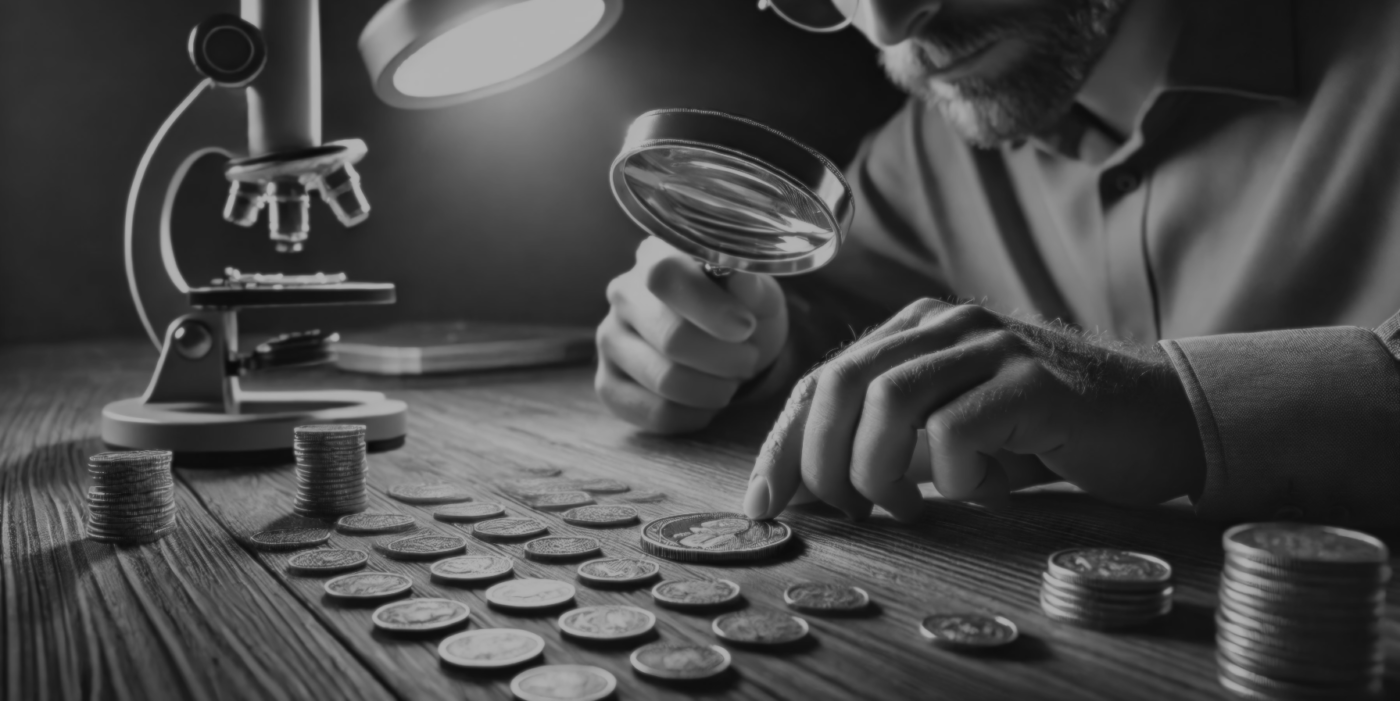Coin Conservation: How to Protect and Preserve Your Collection
💎 Preserving the condition and value of your coin collection is essential for any serious numismatist. Proper care ensures that your coins remain in excellent shape, retaining their beauty and value for years to come. In this post, we’ll explore the best practices and techniques for preserving your coins, helping you maintain a pristine collection.
1. Proper Storage Solutions
The first step in preserving your coins is to use appropriate storage methods. Invest in high-quality coin holders such as capsules, holders, or albums that are made from archival-safe materials. These products protect your coins from environmental factors like moisture, dust, and physical damage. For valuable or rare coins, consider using climate-controlled storage options to further safeguard them.
2. Handling with Care
Always handle your coins with clean, dry hands or use cotton gloves to avoid transferring oils or dirt. Hold coins by their edges to minimize the risk of scratching or damaging the surfaces. Avoid touching the faces of the coins, as fingerprints can cause long-term damage and detract from their value.
3. Avoiding Cleaning
Cleaning coins is a common mistake among collectors. Cleaning can remove the natural patina and damage the coin’s surface, potentially lowering its value. If a coin is dirty, it’s best to consult a professional conservator rather than attempting to clean it yourself. In general, it’s advisable to leave coins in their original condition.
4. Monitoring Environmental Conditions
Coins are sensitive to environmental changes. Store them in a stable environment with controlled temperature and humidity levels. Extreme fluctuations can lead to condensation, rust, and other forms of damage. Using silica gel packets or desiccants in storage containers can help maintain a dry environment.
5. Using Proper Storage Materials
When storing coins, avoid using materials like tape, rubber bands, or PVC holders, as they can cause chemical reactions that damage the coins over time. Opt for materials specifically designed for coin preservation, such as Mylar holders or acid-free envelopes.
6. Regular Inspection
Periodically inspect your coin collection to ensure that the storage conditions remain optimal and that the coins are in good condition. Look for signs of deterioration such as discoloration, tarnishing, or corrosion. Early detection of issues allows for timely intervention and preservation.
7. Insurance and Documentation
For valuable or high-worth coins, consider getting them appraised and insured. Keep detailed records of your collection, including photographs, descriptions, and any appraisals. This documentation not only helps with insurance but also provides a reference for future evaluations.
8. Consulting Professionals
If you have questions about preservation or need expert advice, don’t hesitate to consult with professional numismatists or conservators. They can provide specialized guidance on how to handle and preserve rare or valuable coins effectively.
9. Educational Resources
Educate yourself about best practices in coin preservation by reading books, attending seminars, or joining numismatic societies. Staying informed about the latest preservation techniques and materials will help you maintain the quality of your collection.
10. Respecting Historical Significance
Remember that coins often carry historical significance beyond their monetary value. Treating them with respect and preserving their condition helps honor their historical and cultural importance.
Disclaimer: The information provided in this blog post is for educational purposes only and does not constitute professional advice. Always consult with experts or professionals for specific guidance related to coin preservation and handling.

